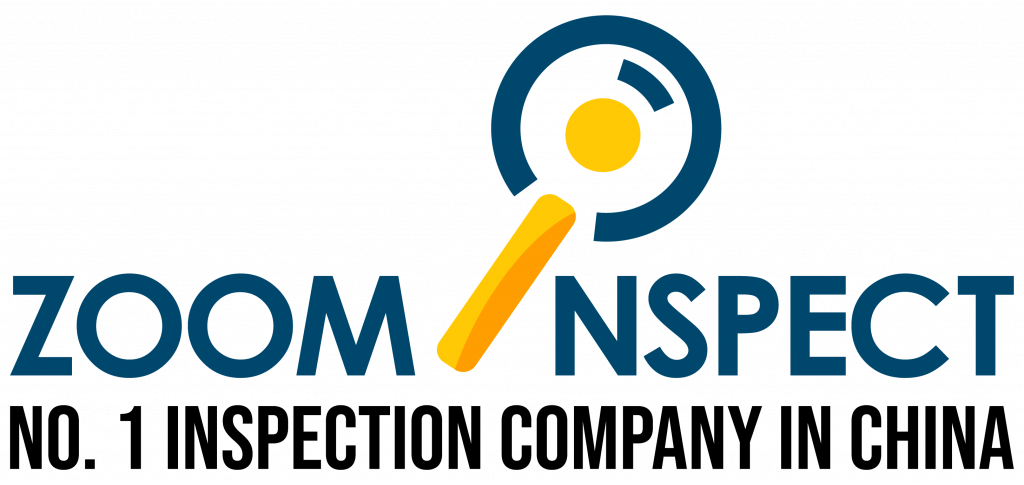SAMPLES INSPECTION
A sample checking service involves inspecting a relatively small number of items from a batch or lot, for a range of specifications such as appearance, workmanship, safety, functions, etc. prior to mass production.
It is an essential step before the manufacturing process, beginning with a physical inspection of a product sample before production begins in order to spot any defects prior to mass production. And during the sample checking process, the physical and functional characteristics of the product should also be verified against engineer drawings, a purchase order, specifications and/or other design documents, ensuring the quality of sample meets with specified requirements to avoid bulk quality problems during the manufacturing process, as well as the reliability and consistency of the manufacturing process and final product.
Zoominspect sample checking service mainly includes:
- Quantity check: check the quantity of finished goods to be manufactured
- Workmanship Check: check the degree of skill and the quality of materials and finished product based on a design
- Style, Color & Documentation: check whether the product style and color are consistent with the specifications and other design documents
- Field Test & Measurement:
- Test the procedure and product in actual situation reflecting the intended use;
- Survey of the existing condition and the comparison of dimensions with those shown on drawings at the field site
- Shipping Mark & Packaging: check whether the shipping mark and packages comply with relevant requirements.
Book our Service
CONTACT US

Email us:
[email protected]

WhatsApp us:
+86 156 6700 2048
FOLLOW US
WHY US?



